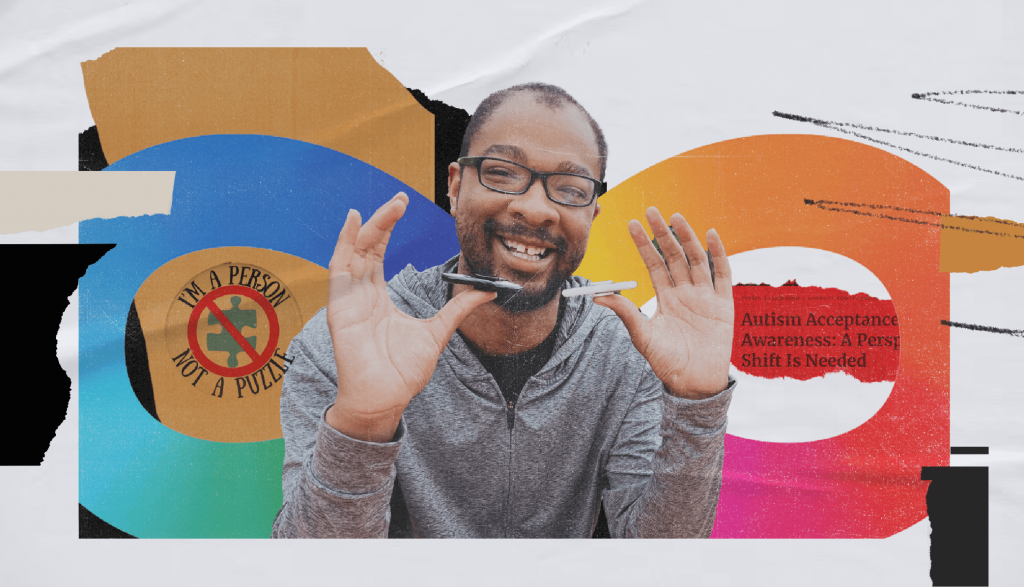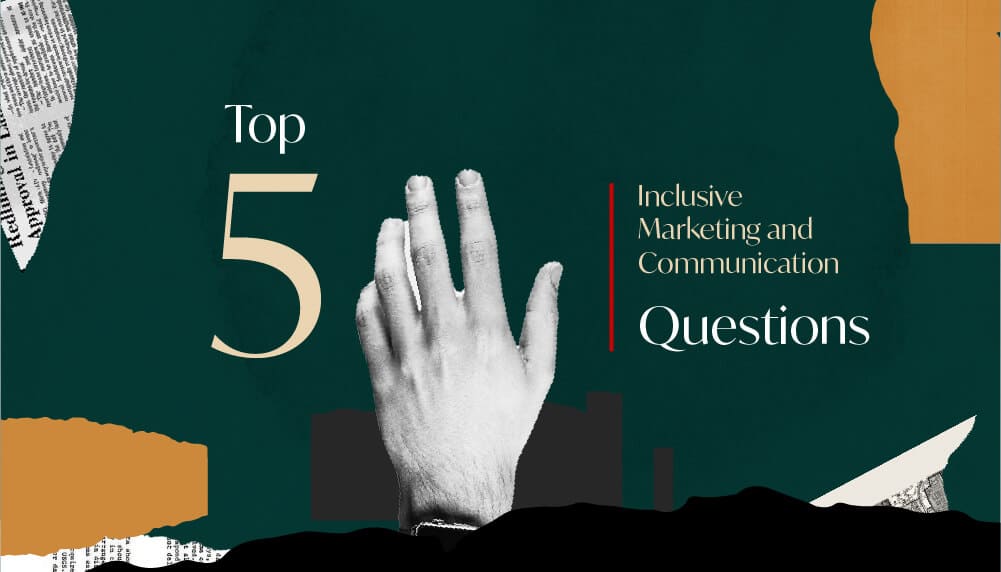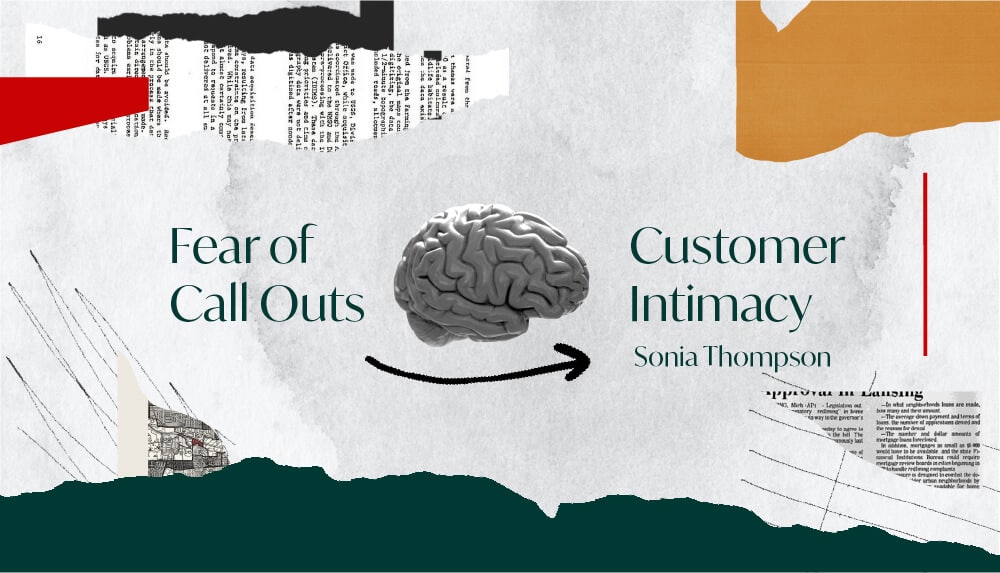A Marketer’s Perspective
Before I start on this article, I want to make a statement that doesn’t need any data at all to back it up…
People don’t like change.
It’s only human nature – we get comfortable in our roles and our routines, and even when something so obvious needs to happen, it doesn’t. For example, when it comes to something simple like embracing digital marketing, look how long it took for digital media spend to catch up to traditional media spend. We experience this resistance to change firsthand regularly with brands we’ve worked – many of which are established – who understand the need, but need some sort of “guarantee” that the juice is worth the squeeze. And all marketers know that there’s no such thing as a “sure thing”.
So what we’ve done for this article is — for once — removed humanity from the equation, so that hopefully you, your boss, your boss’ boss, or your boss’ boss’ boss, have a very objective and prudent reason to change the way your organization communicates both internally and externally.
For starters, our industry has a major problem: people hate advertising. Research shows 47% of internet users use adblocker, with 48% stating the reason for adopting it was “too many ads”1. And this was over 2 years ago – just imagine the numbers now. However, there’s a silver lining, data has also shown that 83% of people agree with the statement “Not all ads are bad, but I want to filter out the really obnoxious ones.”, while 77% agree with the statement “I wish there were a way to ad-filter instead of ad-block completely.”2
“83% of people agree with the statement ‘Not all ads are bad, but I want to filter out the really obnoxious ones.'”
So, as it turns out, people generally hate advertising for what it is right now, but not necessarily for what it can be. This means that we, as a whole, can do better. And what consumers want is quite simple – ads that make them feel included without being stereotypical. And apparently, we know all this; a poll of 754 marketing professionals conducted by Marketing Week in partnership with One Poll’s consumer survey revealed that nearly half (42%) of marketers believe the brands they work for are failing to reflect a contemporary, racially-diverse, society in their marketing and advertising. 3 So, what’s stopping us?
“…nearly half (42%) of marketers believe the brands they work for are failing to reflect a contemporary, racially-diverse, society in their marketing and advertising.”
I mean, take a look at what success looks like; Thirdlove, the first bra company to create half sizes, generated over $100 million in sales annually, while Fenty Beauty, which launched with 40 shades of foundation, made $100 million in sales in its first 40 days alone! This all seems so obvious, and yet 5% of advertising dollars are spent focused on the multicultural population in the US, while that same demographic represents 40% of the population,4 and even further to that, by 2045, it’s predicted that the US will become minority white.5 Additionally, 70% of millennials and Generation Z will choose one brand over another if it demonstrates diversity in its promotions, and nearly half, (47%) of millennials say they’d choose an inclusive brand over a competitor who offers a similar product.6 And this is only the tip of the iceberg, the buying power for different communities is staggering; for example, the 26% in the USA that identify as LGBTQ+ represent 1 trillion, a number that is largely ignored by our industry.7 There are so, so many statistics, data, and facts, that even when we ignore the human element, it seems obvious that the industry needs to change.
“70% of millennials and Generation Z will choose one brand over another if it demonstrates diversity in its promotions.”
But I know people don’t like change. Change is hard, change is expensive, change is a nuisance. It’s only worth it if it’s a “sure thing”. But I urge you to take the content of this post, the articles that are linked, and anything else you can find, so you can talk to your boss, your boss’ boss, or your boss’ boss’ boss, and tell them that it’s worth it. Tell them that you know that nothing in marketing is a guarantee, but you’re confident that this is pretty damn close.

- https://www.impactbnd.com/hubfs/blog-files/global_ad_blocking.png
- https://www.vieodesign.com/blog/new-data-why-people-hate-ads
- https://www.marketingweek.com/pepsi-scandal-prove-lack-diversity-house-work-flawed/
- https://www.groupm.com/newsroom/are-you-new-majority-ready-groupm-forms-coalition-to-increase-engagement-with-multicultural-audiences-the-new-majority/
- https://www.brookings.edu/blog/the-avenue/2018/03/14/the-us-will-become-minority-white-in-2045-census-projects/
- https://about.ads.microsoft.com/en-us/blog/post/may-2019/inclusive-marketing-opportunities-to-empower-all-people
- https://www.forbes.com/sites/debtfreeguys/2018/08/14/the-1-trillion-marketing-executives-are-ignoring/#724d9f24a97f









